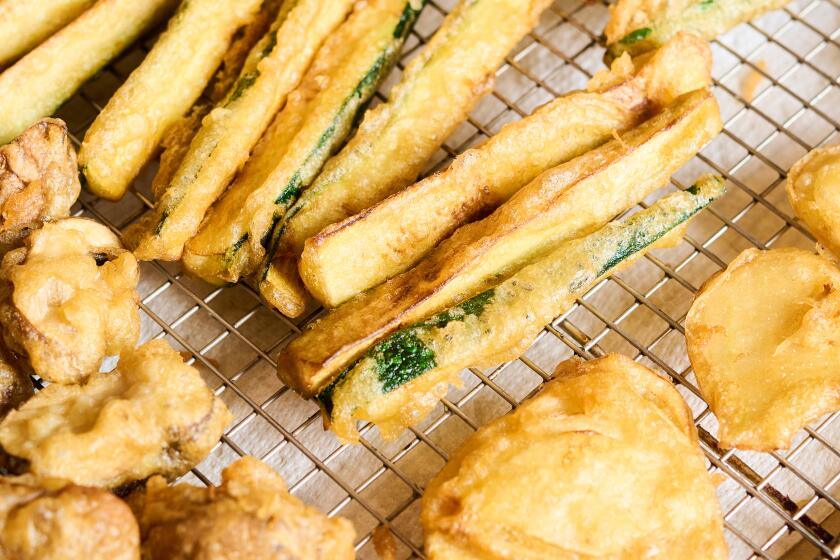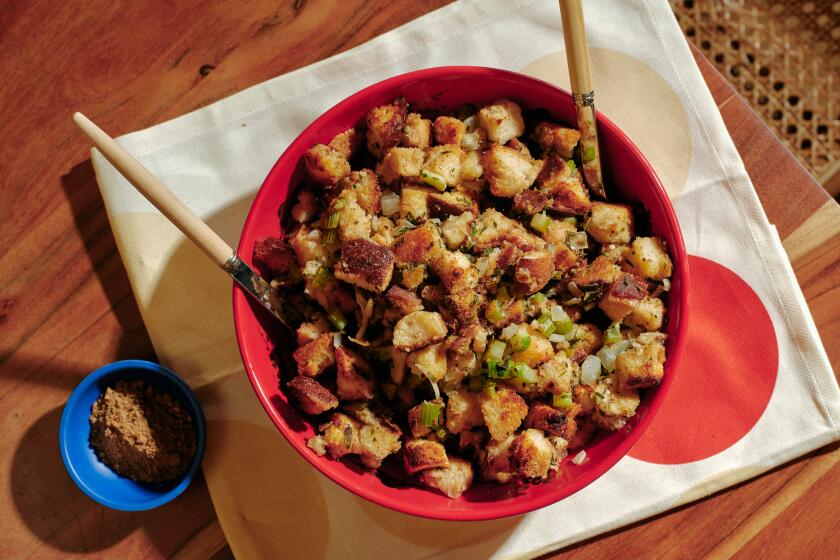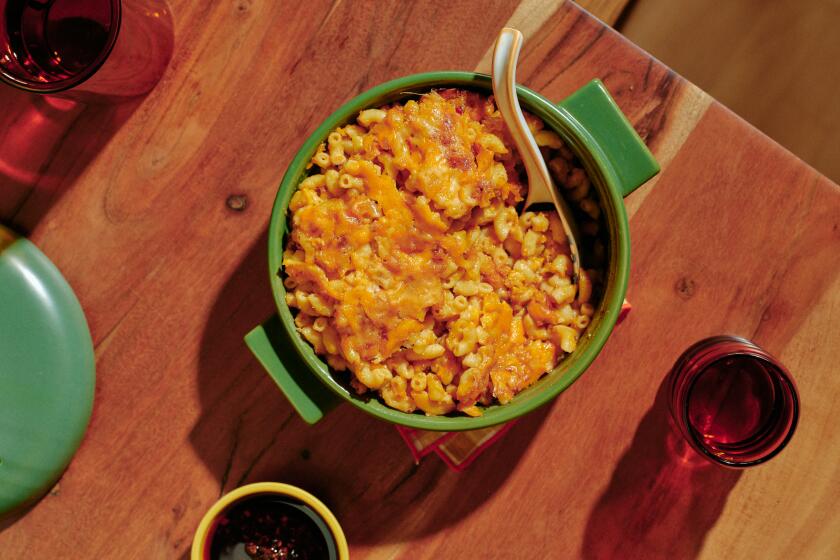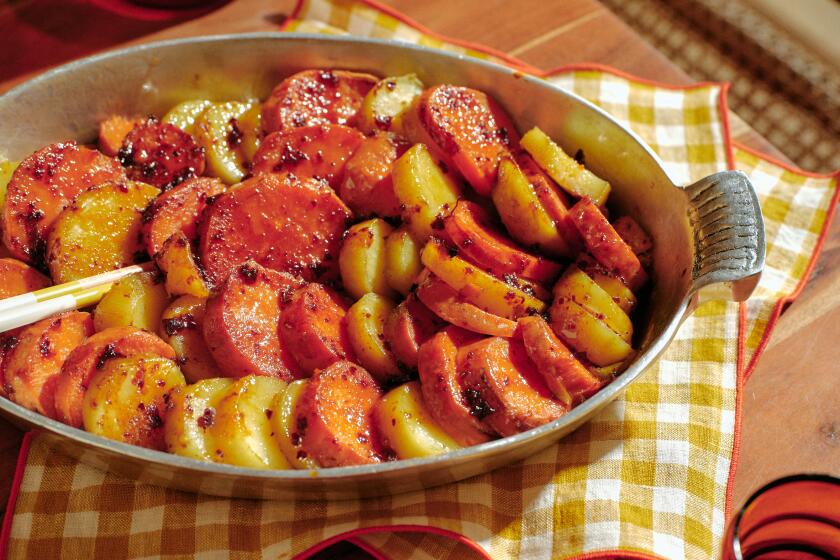Boston Baked Beans

Cleaning out garages is an awful job, and I put it off until mine was so overstuffed I couldn’t jam in anything more. But there are rewards too, like finding old kitchen treasures and remembering the wonderful food associated with them.
Poking through cobwebs in one dark corner, I discovered a box of kitchen implements, each neatly wrapped in yellowed, crackly newspaper. The largest bundle contained a chipped crockery bowl, the one my mother always used for baked beans. I remember the rich fragrance as the beans cooked for hours. It was a simple dish, just navy beans, a chunk of ham, an onion stuck with cloves, brown sugar and a layer of bacon slices over the top. And of course the bowl. The beans would not have been the same without it.
I always ate sliced tomatoes with the beans, nothing more, and this was one of my favorite meals. The flavor, so tantalizing, came back to me as I dusted off the bowl, so I brought it to the kitchen and set about resurrecting the old recipe--nothing had ever been written down.
Here it is, along with other vintage bean recipes that deserve another chance. Most are quite simple because they come from an era when cooks used only a handful of ingredients, varying these with great skill for different effects.
The essential ingredient for my mother’s beans is, of course, an old crockery bowl. That you’ll have to hunt for at garage sales and thrift shops--unless you too have a garage stuffed with long forgotten kitchenware.
Wash the beans. Soak them overnight in water to cover generously.
The next day, drain the beans and place in a large saucepan with fresh water. Bring to a boil and cook until the skins wrinkle, about 1 hour.
Heat the oven to 325 degrees.
Drain the beans, reserving the cooking liquid. Place half the beans in a bean pot, top them with a layer of half the salt pork, then add the remaining beans, followed by the salt pork as the top layer.
Combine the sugar, mustard, paprika and salt to taste in a bowl. Add the chili sauce, tomato and 1/2 cup of the cooking liquid. Pour over the beans. Place the onion on top.
Cover the beans and bake them for 2 hours. Check the liquid occasionally. If the beans become too dry, add a little more of the cooking liquid. After 2 hours, increase the heat to 350 degrees and bake until the beans are tender and most of the liquid has been absorbed, 2 hours. If the beans are too wet, bake them an additional 30 minutes.
Get our Cooking newsletter.
Your roundup of inspiring recipes and kitchen tricks.
You may occasionally receive promotional content from the Los Angeles Times.















